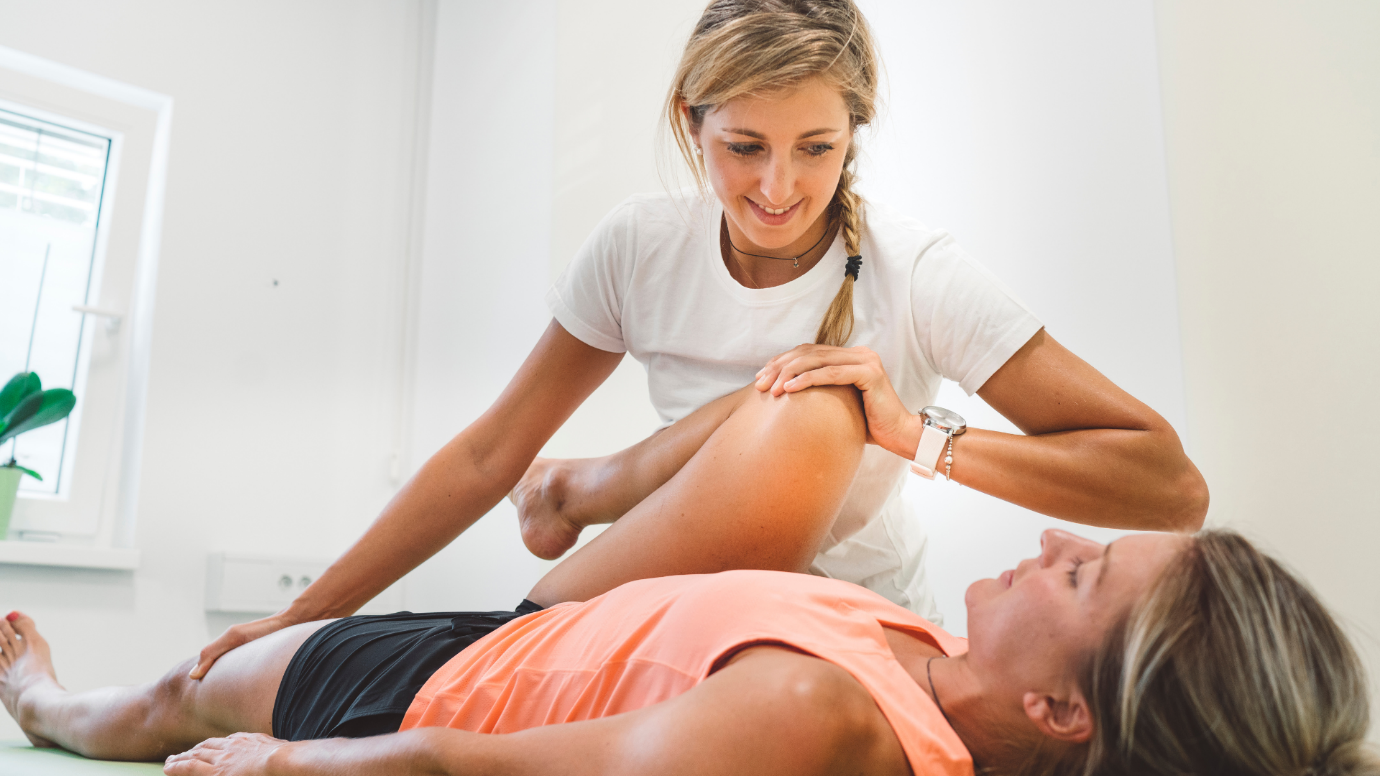
How do I treat restless legs and night-time cramps?
Lane Cove Physio is a great place to receive treatment for restless leg syndrome (RLS) and night-time cramps. The team of physiotherapists at Lane Cove Physio are experienced in treating RLS and nocturnal leg cramps, utilising a number of different techniques to help relieve your symptoms.
What is Restless Leg Syndrome?
People who have RLS get an uncomfortable urge to move their legs when they are at rest and other strange sensations. If you have RLS, you probably have the urge to move your legs at night. This can make it hard to get comfortable and fall asleep.
What are the symptoms of RLS?
Patients at Lane Cove Physio often describe the feeling of crawling, pulling, or itching deep in the legs – not on the skin – usually below the knees. These symptoms usually get worse as the day moves on, and they are worst at night. The symptoms can be especially bad when trying to stay still to watch television, or fall asleep. But people can make the feeling go away temporarily if they walk around or move their legs. Some people with RLS find that their legs move on their own while they are asleep.
In short, the symptoms:
- Happen when you are at rest
- Go away if you move your legs on purpose
- Are worst at night
- Sometimes include the legs moving on their own during sleep
Together, the symptoms of RLS can make it hard to get a good night’s sleep. People with the condition often feel tired during the day.
Why do I get cramps at night?
Night-time leg cramps are common in both adults and children. Night-time leg cramps cause pain and sudden muscle tightness in the legs, feet, or both. The cramps can wake you up from sleep. They can also last for many minutes or just a few seconds.
But as people get older, they are more likely to get them. About half of people older than 50 years get night-time leg cramps.
Most night-time leg cramps do not have a specific cause that doctors can find. When doctors do find causes, they can include:
- Having a leg or foot structure that is different from normal – For example, having flat feet
- Sitting in an awkward position or sitting too long in one position
- Standing or walking a lot on concrete floors
Changes in your body’s fluid balance that can happen if you:
- Sweat too much
- Take certain medicines
- Exercise
- Are on dialysis
- Are pregnant – Some pregnant people do not have enough of the mineral magnesium in their blood.
What are the causes of restless leg syndrome?
In some cases, RLS happens on its own and seems to run in families. In other cases, it seems to be linked to other medical problems. For instance, a condition called “iron deficiency anaemia,” where there is too little iron in the blood seems to increase the risk of RLS along with kidney disease, diabetes, and multiple sclerosis. Pregnancy seems to increase a person’s risk of developing RLS, too.
There is no cure for restless leg syndrome, but there are treatments that can help lessen its symptoms.
What can I do on my own to feel better?
You can:
- Avoid caffeine and alcohol, especially near bedtime
- Stay physically active, like walking or yoga
- Avoid looking at screens before bed
- Do activities that keep your mind alert during the day, such as crossword puzzles
- Massage your legs – You can also have someone massage them, if possible.
- Apply heat to your legs – You can do this by using a heating pad or taking a warm bath.
How are night-time leg cramps treated?
Treatment is different for everyone. Most people have to try a few different things before they find a treatment that helps them.
Treatment options include:
- Exercising differently
- Stretching exercises
- Wearing shoes with good support
- Drinking enough fluids
If you are suffering from night-time leg cramps or restless leg syndrome, Lane Cove Physio is the place to go for treatment.



